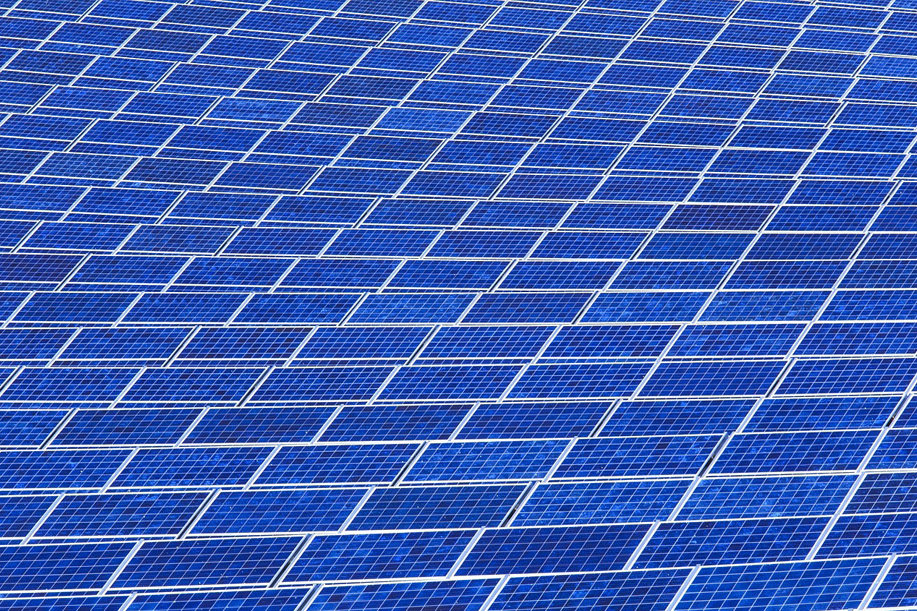The European Union has recently given the go-ahead to the PVSITES project, whose aim is to make the installation of new generation photovoltaic panels easier, thus encouraging a more massive diffusion.
Transparent photovoltaic panels: this is what it’s all about
A pool composed by main European companies operating in the sector – among which, it is worth underlining, the Italian R2Msolution – has invented created building-integrated photovoltaics, under the supervision of the Spanish Tecnalia. The name already suggests that these panels can easily integrate into buildings without compromising, in any way, the style and the architecture, which represent a great innovation.
The new BIPVs, this is their acronym, have two advantages. They are easy to install, and unlike today’s classic panels, they boast a rather pleasant design that does not ruin the image of the building for which they were intended.
This building-integrated photovoltaics have already been installed and consequently tested in different European sites. Their design has been particularly appreciated since they can be perfectly integrated into any type of building. Moreover, they produce enough energy to ensure the return of the installation costs.
What makes building-integrated photovoltaics different?
Beyond the design, there is a substantial difference, between classic photovoltaic panels and building-integrated photovoltaics. With these photovoltaic panels, it is possible to create entire facades and roofs, and it is possible to customize their appearance from top to bottom. Depending on your needs, you can opt for a matt or a completely transparent version, both of which let penetrate the sunlight.
The flexibility of their design is a real advantage, without compromising the robustness of the panels and their ability to withstand weather conditions. The architects who decide to use them in their projects will have access to a special software that will help them exploit the panels at their best.
After the experimental phase, we get to the heart of this EU project
As established by the pool of companies coordinated by Tecnalia, the experimental phase of the new panels of the European project PVSITES has involved various sites in Europe. For the moment, the panels have been installed in some apartments and offices in France, on the roof of the Catalan factory in Cricursa, at the Ecole Hotelière de Genève and in two car parks in Dübendorf and Seuzach owned by the Swiss offices of EMPA.
The test has allowed us to further refine the project and make the building-integrated photovoltaics even more functional than they already were when they were just a draft on paper. The companies involved in PVSITES are developing two new technologies to optimize the integration of the electricity generated in the grid. In other words, they are trying to develop two new inverter technologies, so that the electricity produced by these new and futuristic photovoltaic panels can be fed directly into the grid. The software and the hardware are already in place, while the converters will need some more time.
For the moment there are only prototypes, but the nature of the project suggests that the European Union will provide all its funds so that building-integrated photovoltaics can improve and become the most reliable renewable energy source currently on the market.
It is very likely, therefore, that these innovative photovoltaic panels will be placed on the market very soon and that they will be available in Italy as soon as the pool of companies will have developed the latest changes.

